Exploring Slovenia From Ljubljana to Kranjska Gora
Traveling through Slovenia by car is a treat. It enables one to soak up the beauty of the countryside, visit picturesque medieval villages, hike the spectacular gorges, and enjoy the lakes in the early mornings and evenings when there are no tour busses in sight. The roads are good, drivers are polite, and locals are always happy to point you in the right direction should Google Maps or Waze get momentarily confused.
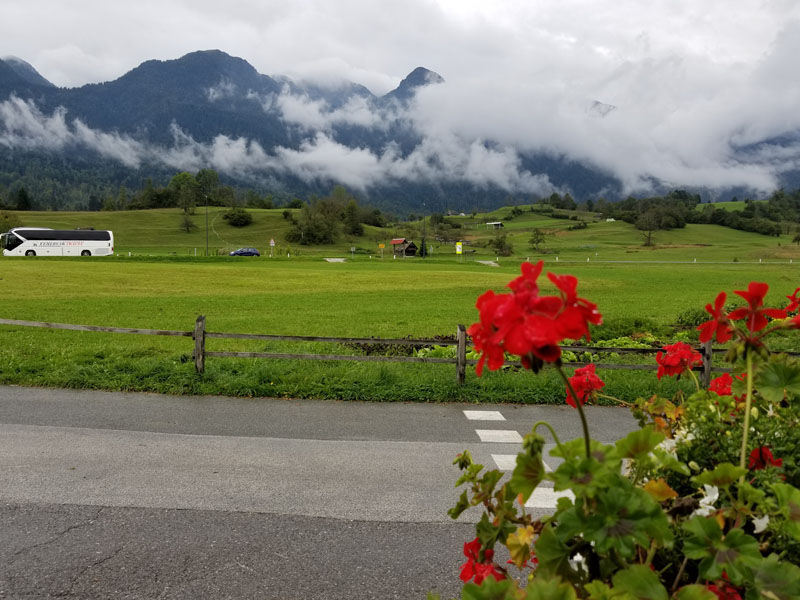
We departed Ljubljana on a glorious late September morning. The sky was swimming in blue after a late-night storm, and ribbons of low-lying puffy clouds were dissipating.
Our first stop of the day was the immaculately preserved medieval town of Škofja Loka, which rests at the meeting point on two rivers.
The 13thcentury church of St. James is the hallmark of this historic town. A bell tower with a pale green copper cupula and spire was added in 1532. The spire is visible peeking over the rooftops no matter where one finds oneself in Škofja Loka.
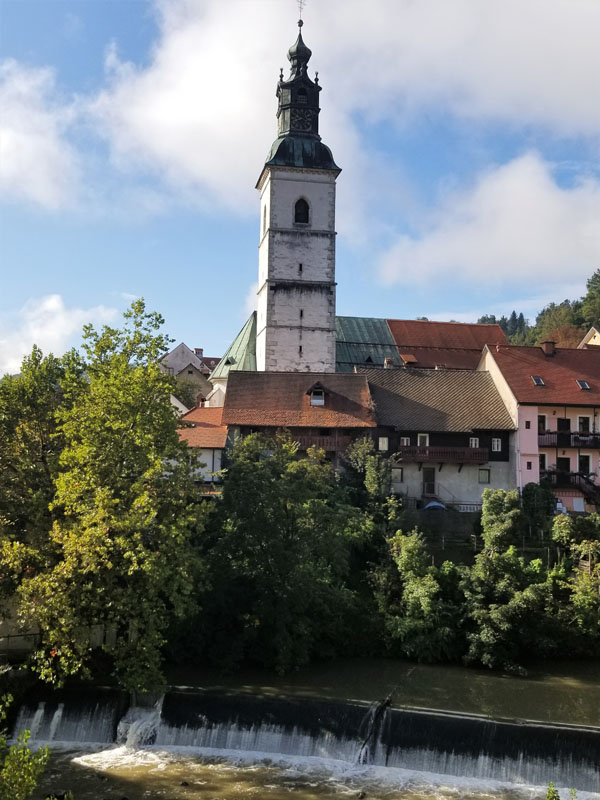
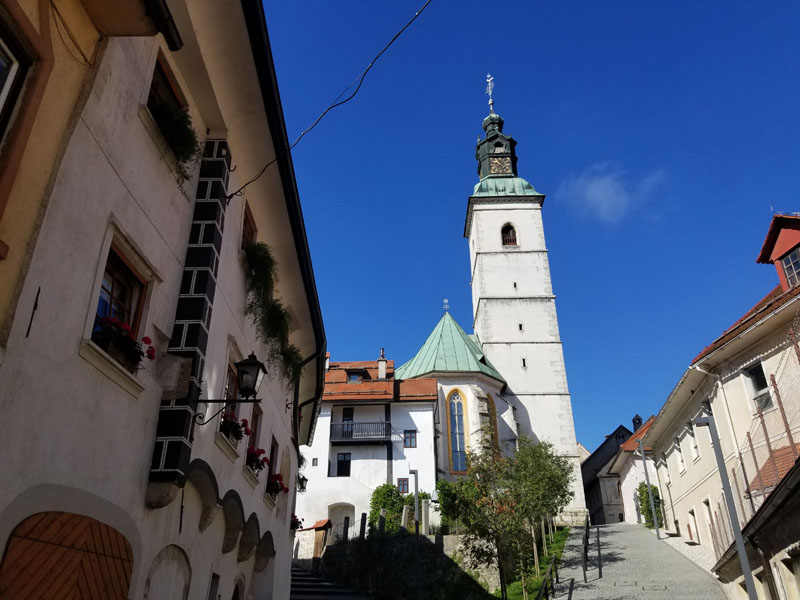
Enter the Old Town via the new bridge for the best views of the Sora River and the semi-circular Stone Bridge, also known as the Capuchin Bridge.
Stop in at the tourist office to get a map of the town from the helpful and welcoming staff.
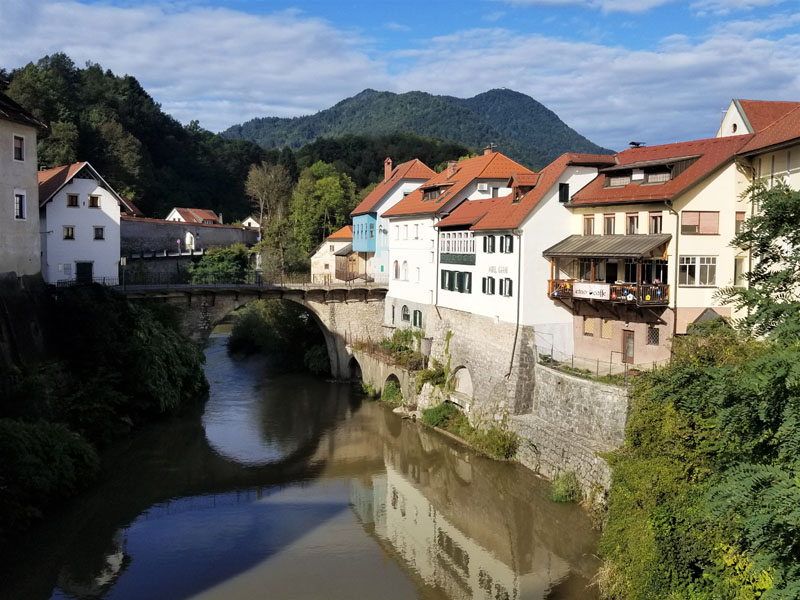
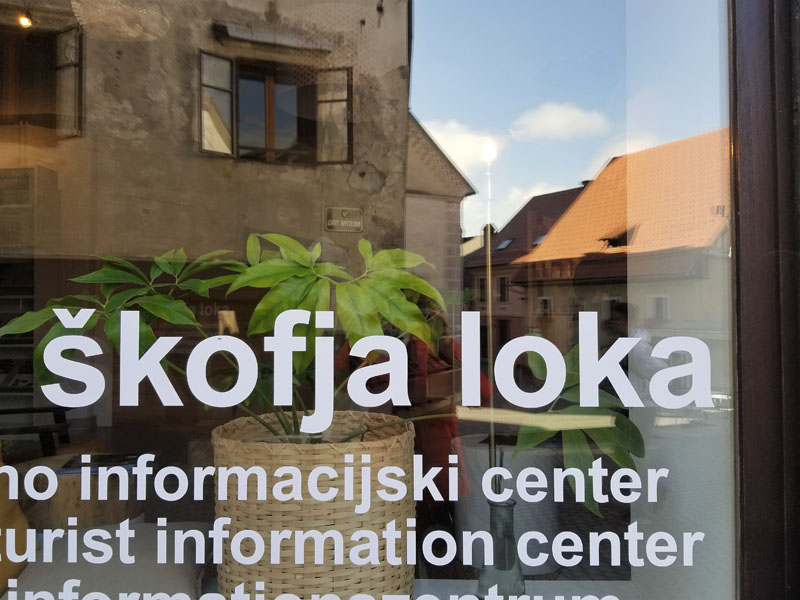
The first written records of Škofja Loka date back to the early 13th century, when it was a vibrant market town. Colorful medieval buildings, which have been immaculately restored, line the picturesque cobblestone lanes and squares.
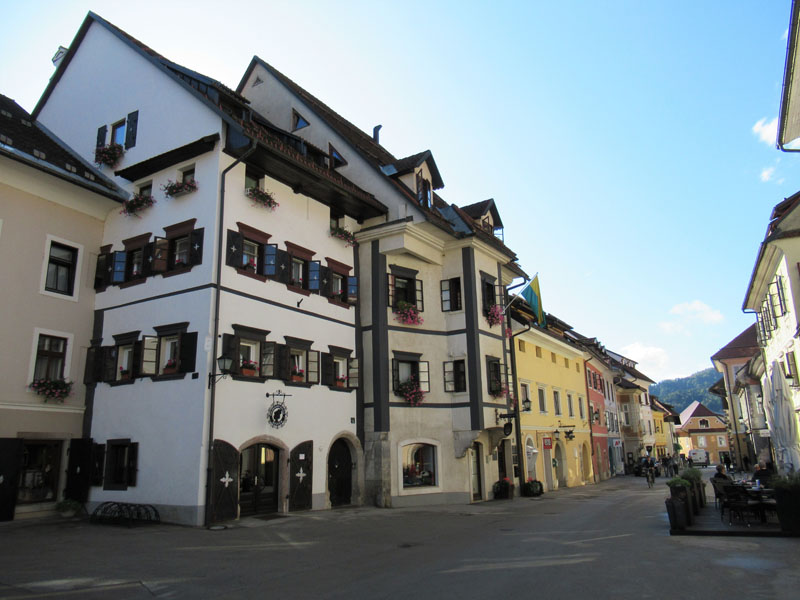
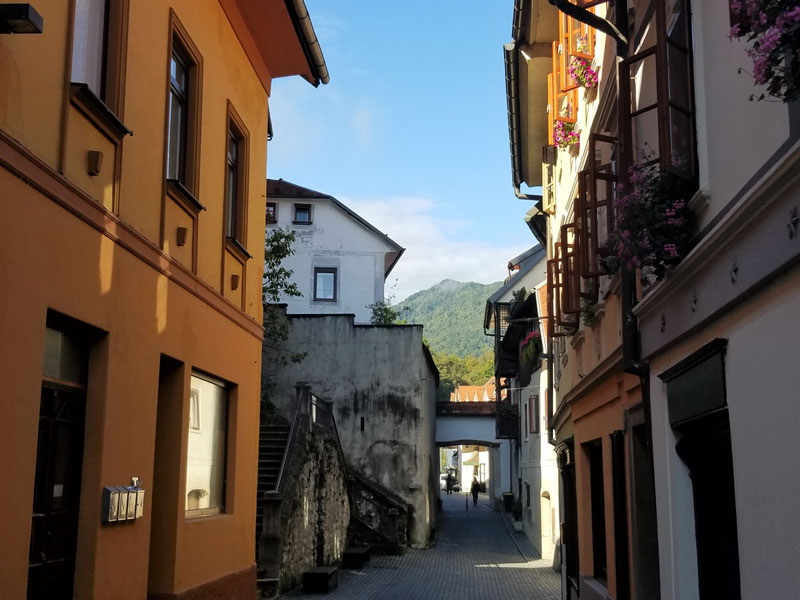
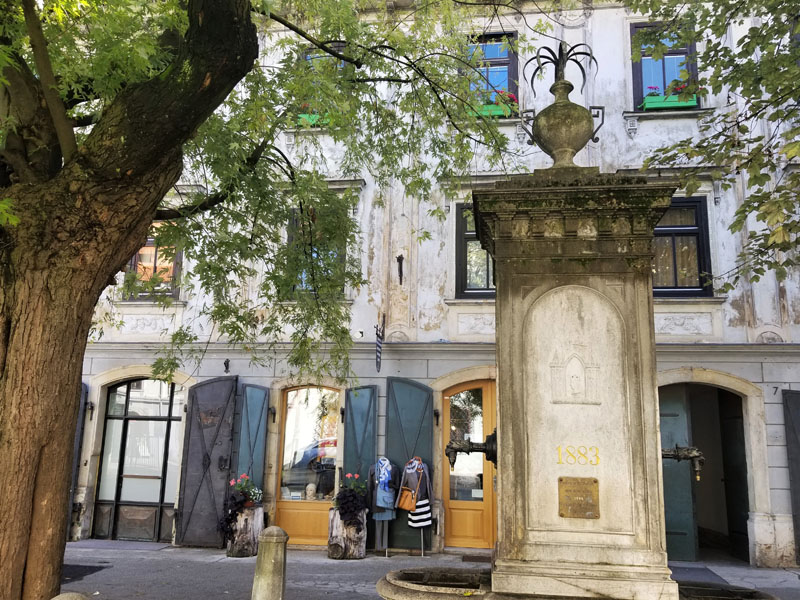
We lingered over a breakfast of hot croissants and coffee on the main square, where a handful of locals read the morning papers and chatted in the glorious early morning sunshine.
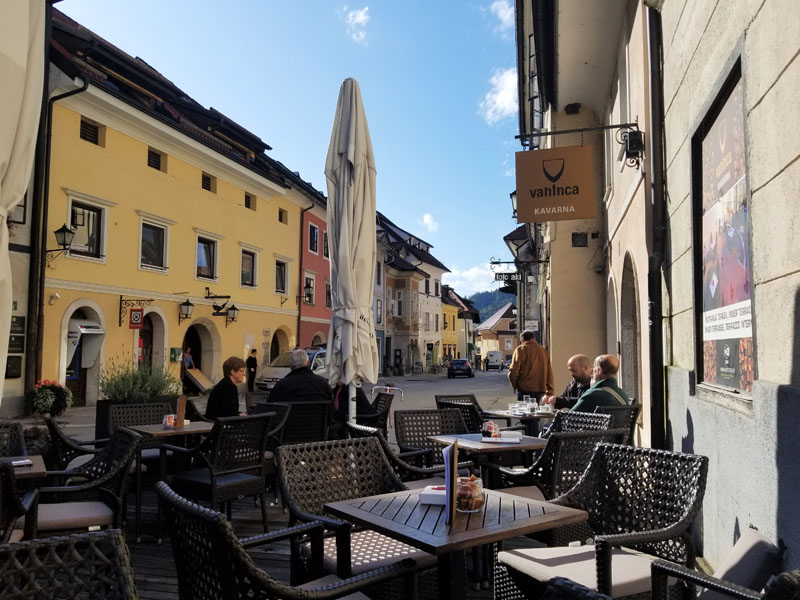
Loka Castle, built in 1202, was virtually demolished by an earthquake in 1511 and subsequently rebuilt by order of bishop Filip. Today it houses the museum of Škofja Loka. We walked uphill to the castle, inhaling the crisp, pure air and the scent of freshly cut green grass. Plump red apples hung on the branches of trees lining the path, and the only sound was the laughter of children at play. Idyllic!
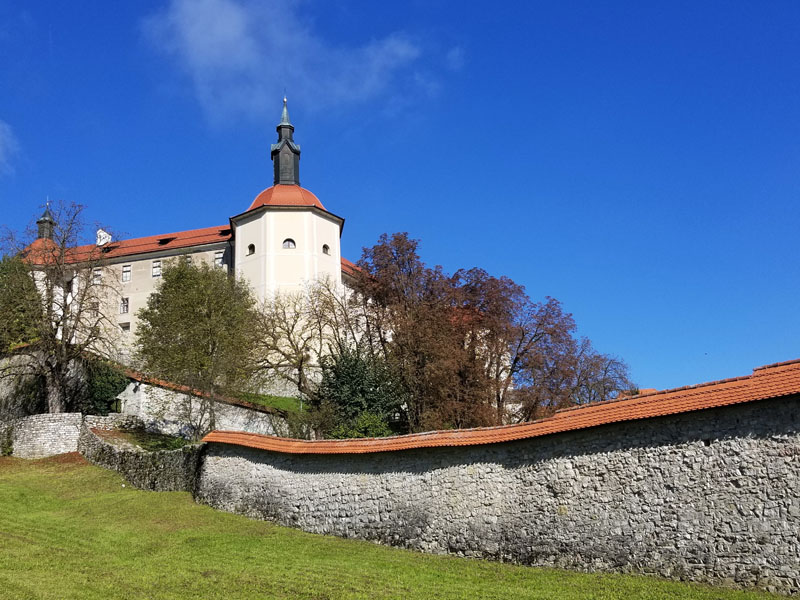
From the castle, one has a panoramic view of the red rooftops, the surrounding hills, and the modern buildings of New Town in the distance.
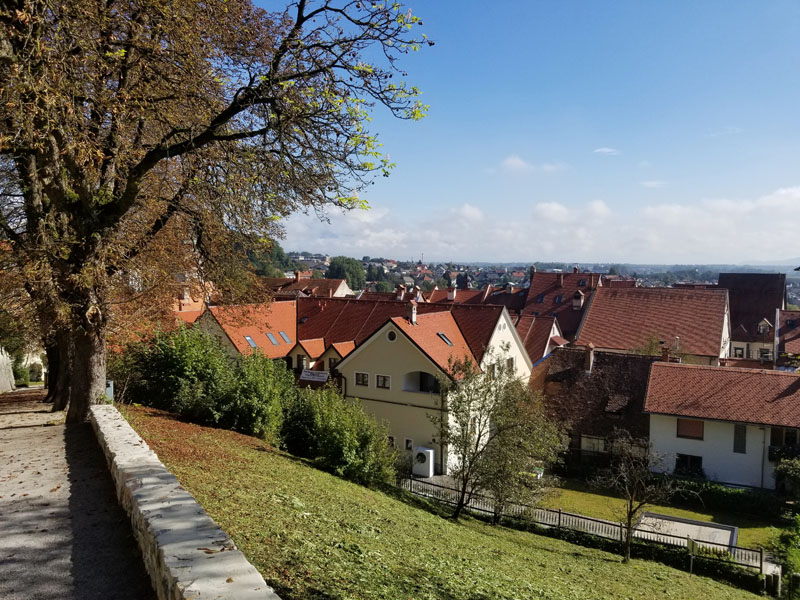
Back in Old Town, we crossed the Capuchin / Stone Bridge, where a statue of St. John of Nepomuk stands on a plinth that bears the Škofja Loka coat of arms.
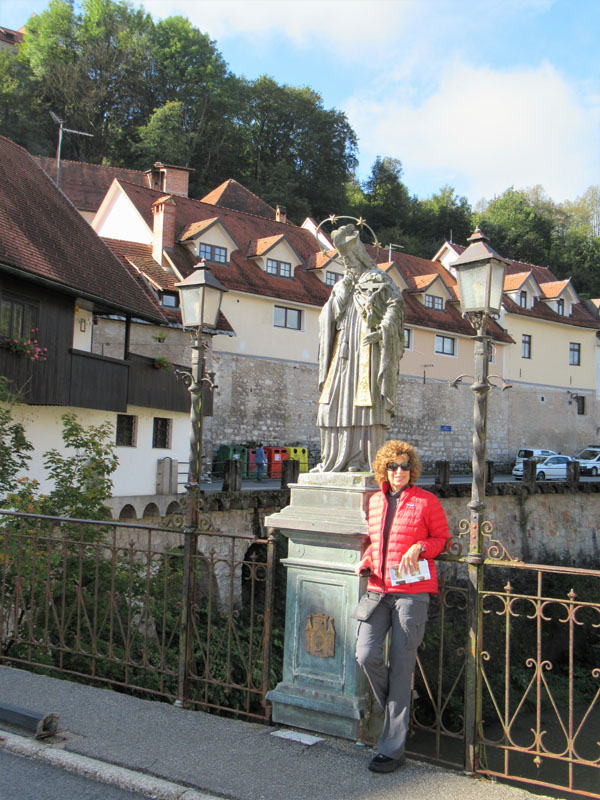
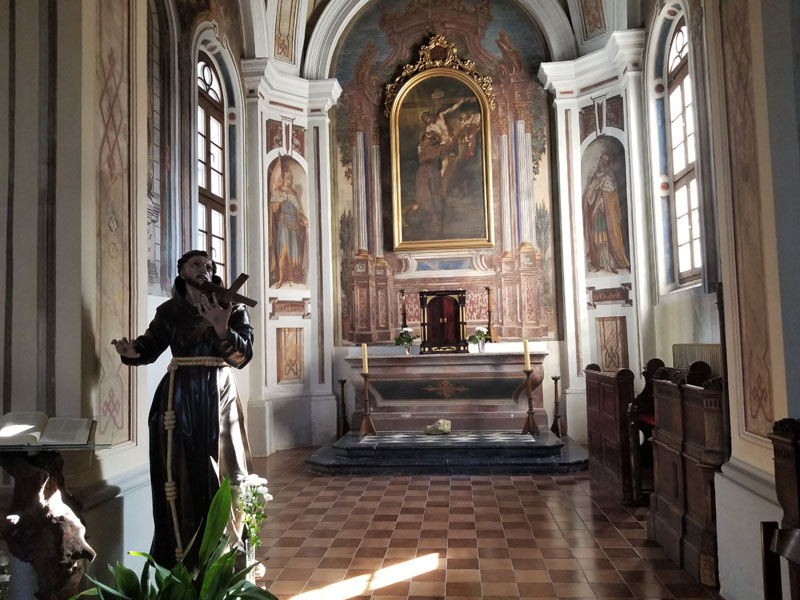
The interior of the Capuchin Church is worth a visit. The morning light filters in and subtly illuminates the lovely frescoes that adorn the walls.
Radovljica
This tiny medieval town surrounded by a 16th-century moat has spectacular views of the Julian and Karavanke Alps and is home to three charming traditions.
The Chocolate Festival dates back to 1922. Chocolatiers from Slovenia and across the globe gather with chocolate lovers for a three-day festival that offers a smorgasbord of all things chocolate. The town of Radovlijca is credited with giving Slovenians the melt-in-the-mouth, velvety, dark Gorenjka Chocolate. Today it’s a favorite throughout the country and offers both milk and dark chocolate; thick and thin slabs; chocolate with nuts; and a choice of flavors.
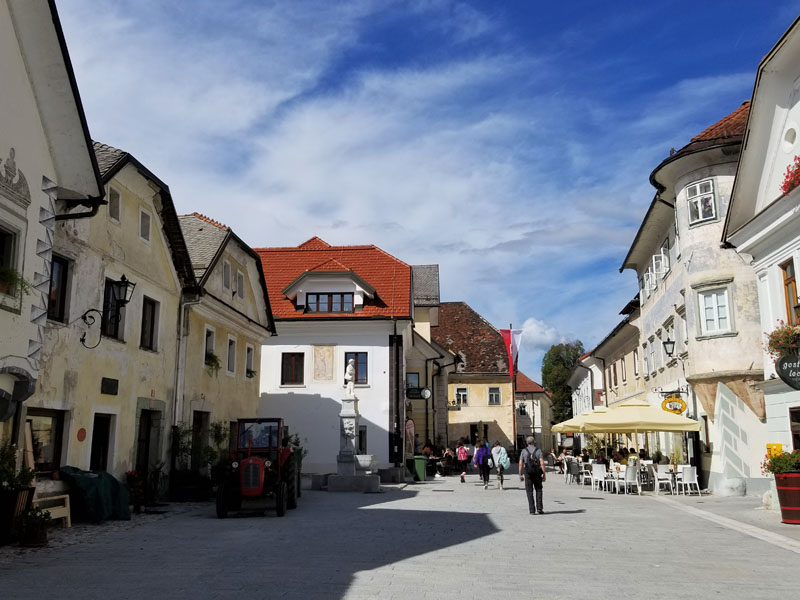
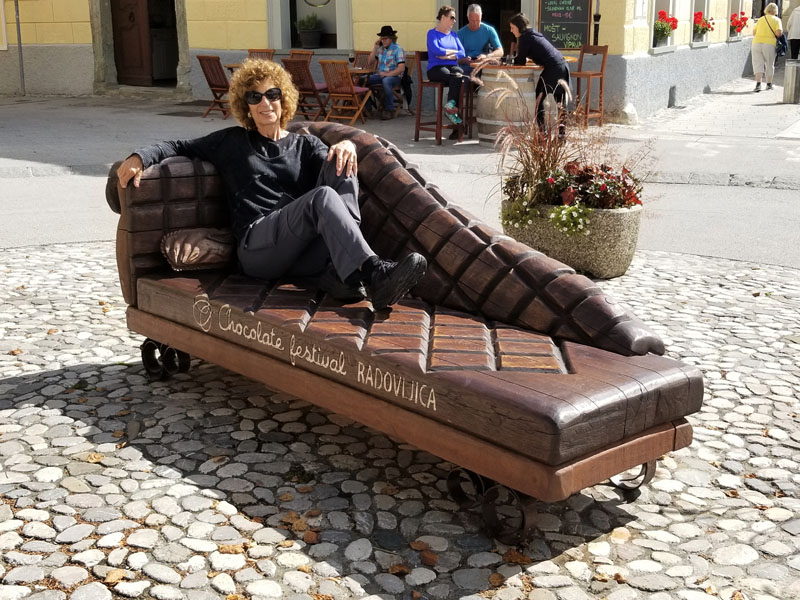
Bee Keeping
The Slovenian countryside is rich in lush green forests, pure, unpolluted air, fields of flowers, and bees. Slovenian beekeepers who can trace the tradition back to the 6th – century are world-renowned for their knowledge and skills. They produce a wide variety of honey from sweet to tart and bitter and use honey in baking, beer making, chocolate, brandy, and in spas for honey massages and honey baths.
The Radovljica Museum of Apiculture traces the history of beekeeping in Slovenia, and from spring to fall, visitors can watch the bees at work in a hive. Don’t miss the outdoor tablets that give a riveting and charming explanation of the lifecycle of bees as you follow the life of a cute little bee.
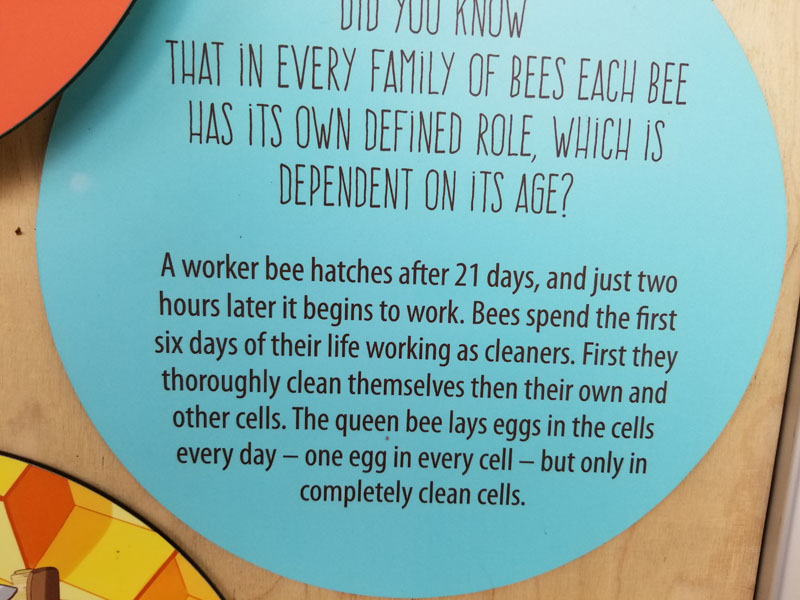
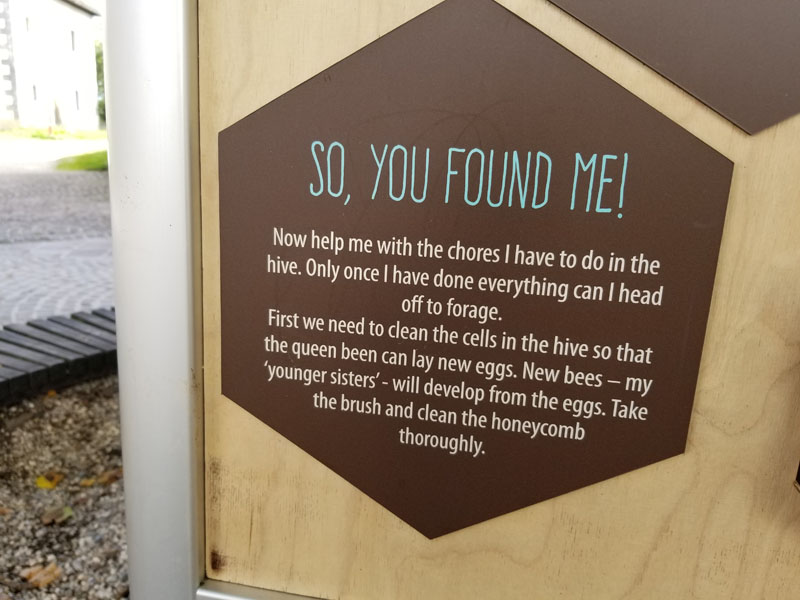
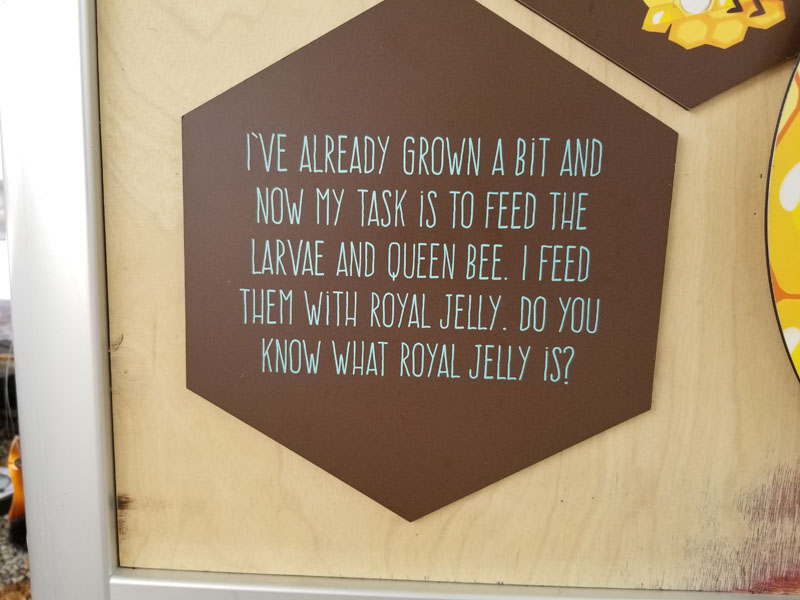
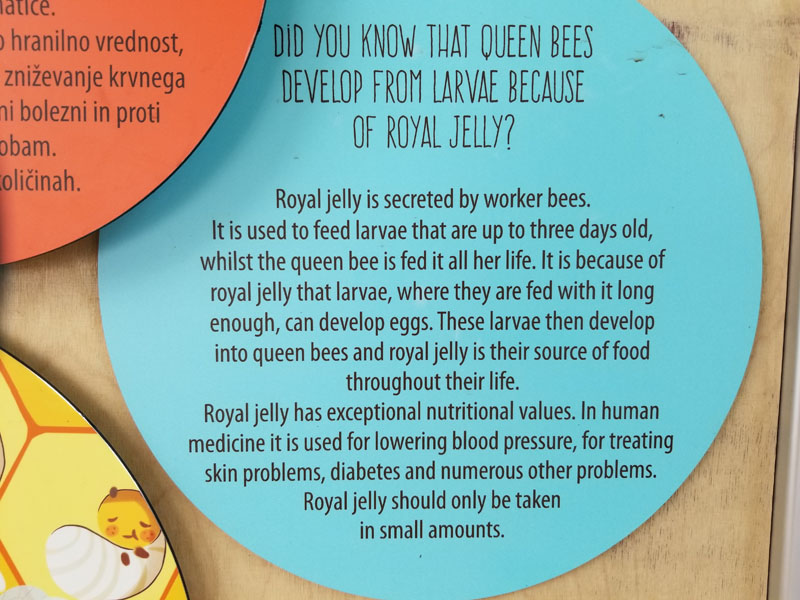
Gingerbread
The Gingerbread Museum – housed in a 500-year-old building on Linhart Square – is a live museum where bakers are at work baking, icing, and decorating gingerbread cookies using some antiquated equipment. All the staff wears traditional 18th-century clothing.
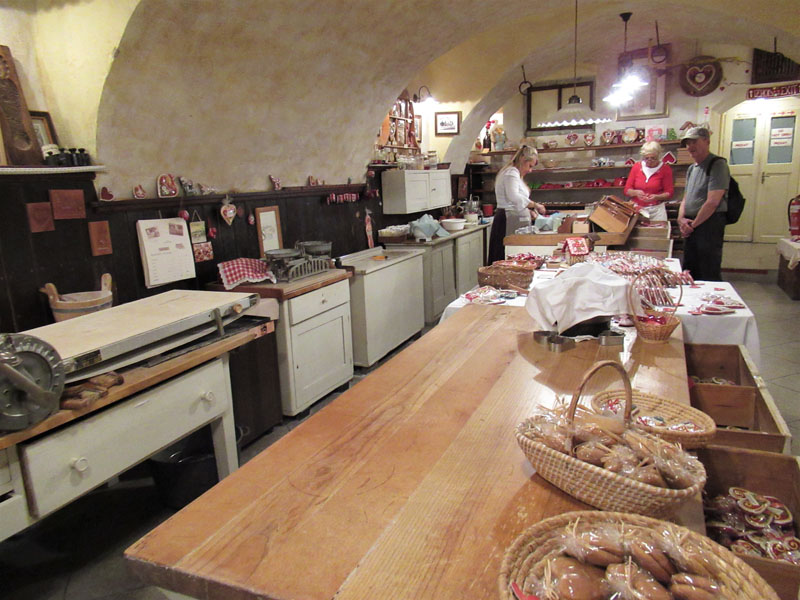
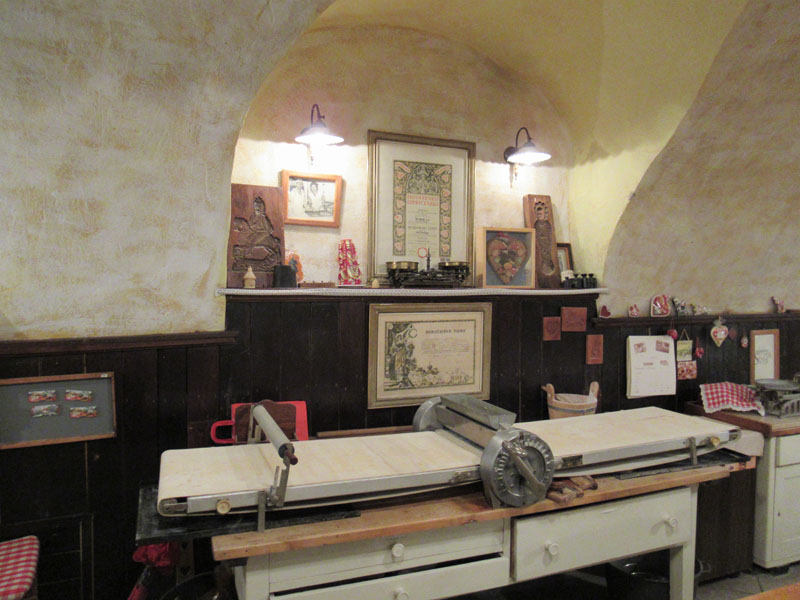
The cookies, known as Lectar in Slovenian, are heart-shaped, have bright red frosting, delicate, white frilled piping around the edges, and pastel shade flowers made from frosting. The adjacent restaurant serves traditional Slovenian dishes.
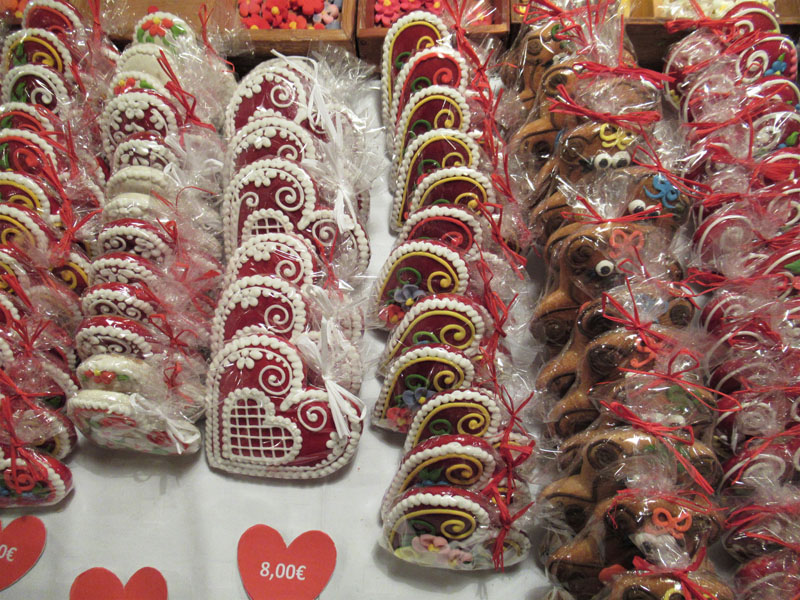
Lake Bled
Lake Bled lies like a turquoise gem surrounded by alpine peaks. At its center is the storybook Bled Island – a tiny island watched over by the Church of Assumption. Built in the late 17th century, pilgrims still flock to the church to commemorate the ascension and birth of the Virgin Mary. Visitors cross from the shore to the island by traditional canopied rowboats (pletna) or motorized boats.
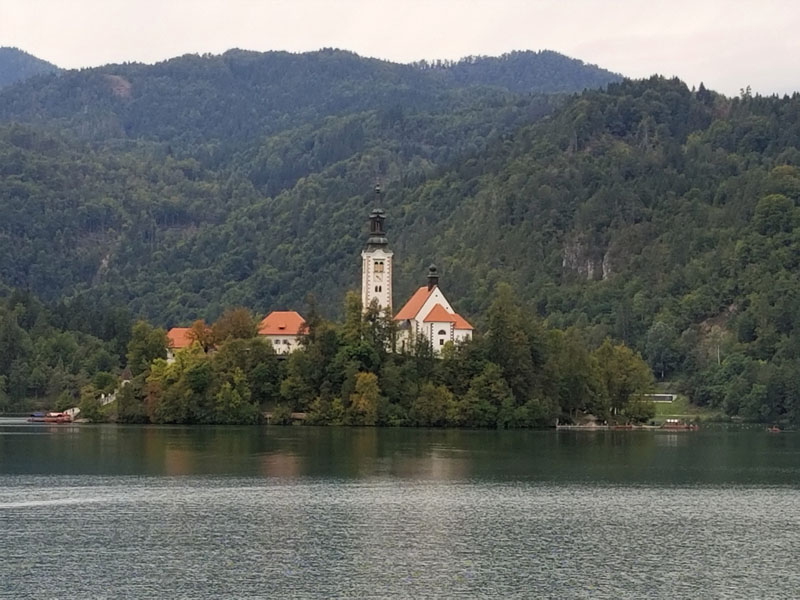
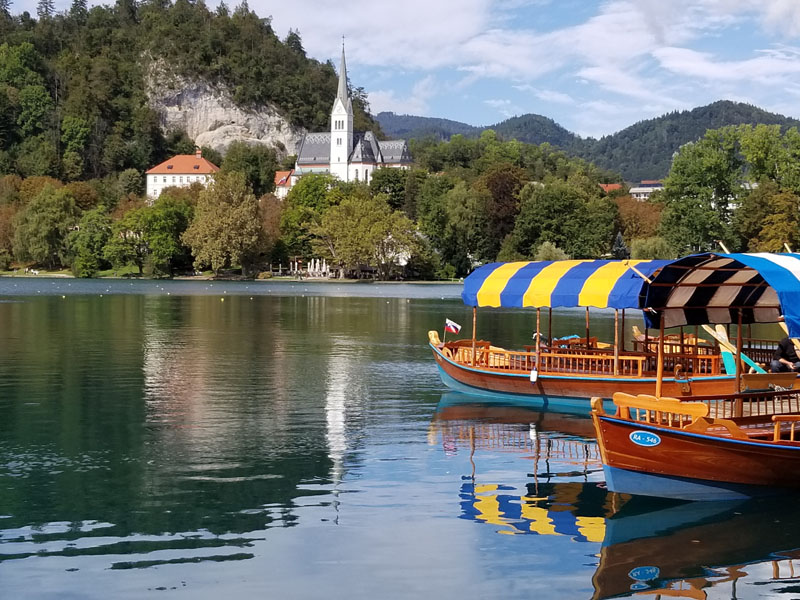
Medieval Bled Castle perches atop a sheer limestone cliff, where it commands a view of the Lake and the surrounding mountains. Today the castle, which functions as a museum, is one of the busiest tourist attractions in Slovenia.
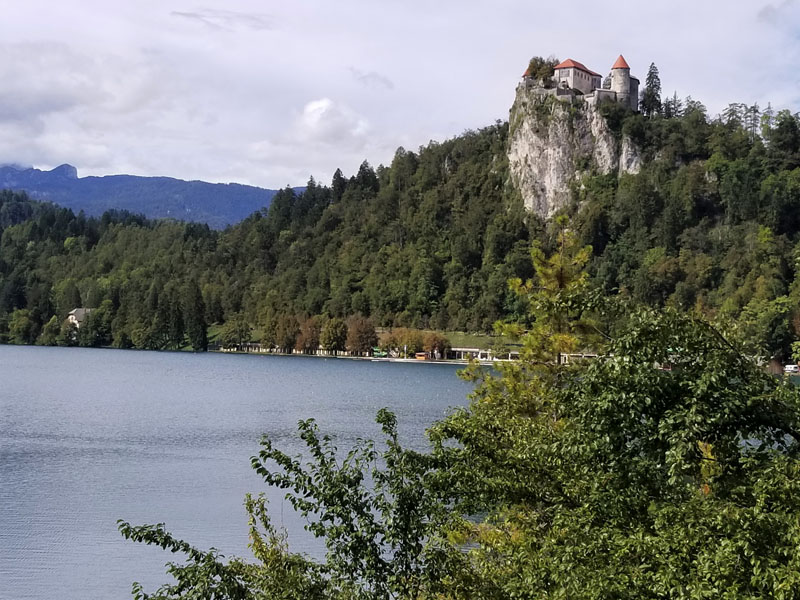
Take an hour-long stroll along the path that circles the Lake to appreciate its fairytale beauty from all angles. End your walk on the terrace of an outdoor café enjoying Krema Rezina, Lake Bled’s famous cream cake, perfected by the pastry chef at Hotel Park.
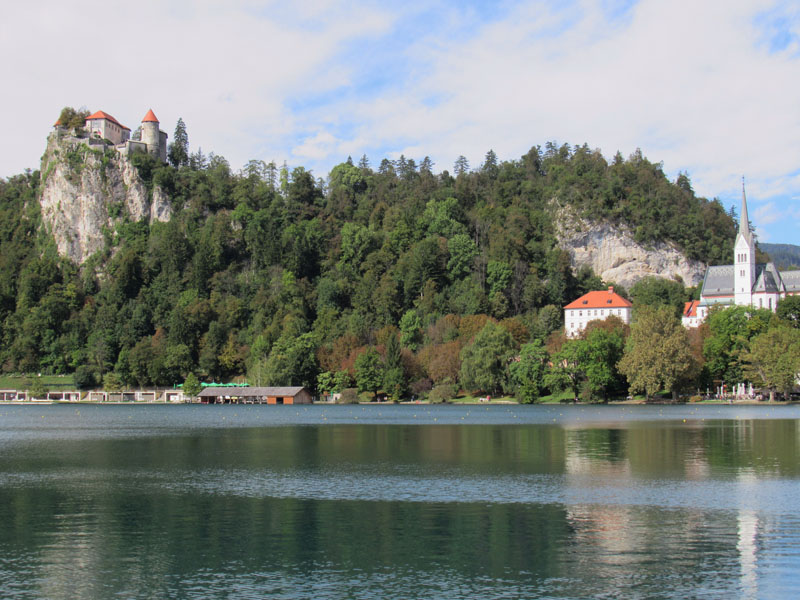
Vintgar Gorge
One mile from Lake Bled, you’ll reach the Vintgar Gorge, which is not to be missed. The beauty of this hike is simply breathtaking. The route leads one along a mile-long ravine flanked by towering stone walls. A path winds through the gorge and along wooden walkways that cross swirling whirlpools, gurgling rapids, and tumbling waterfalls. The foliage is lush and green, the air is pure, and the entire experience is exhilarating. The trail ends at the Šum Waterfall on the northern end of the gorge. We did a roundtrip hike as we were so intoxicated by its beauty that we didn’t want our hike to come to an end. However, from the waterfall, there is a footpath that leads to Bled and the little village of Zasip.
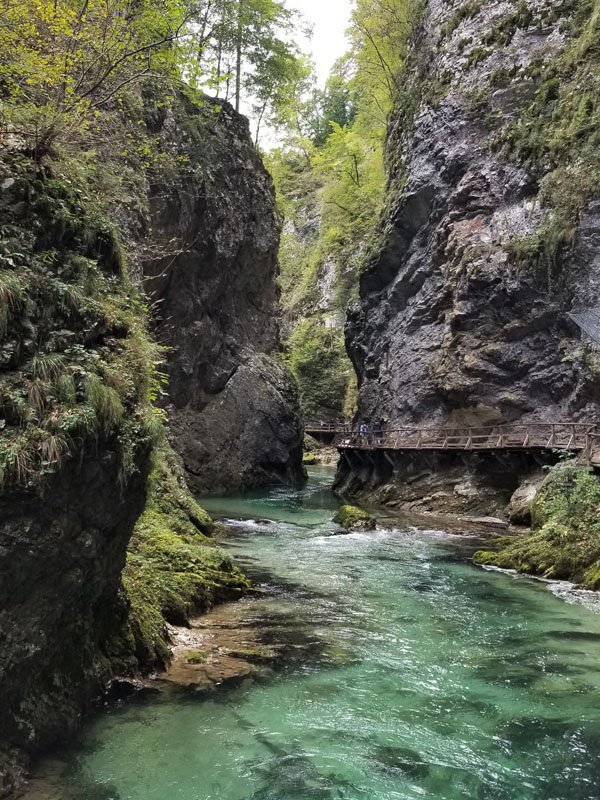
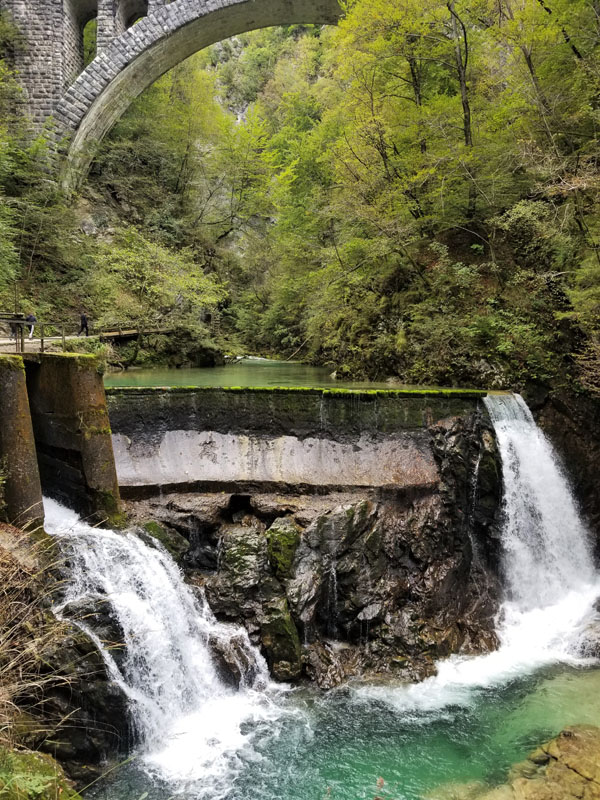
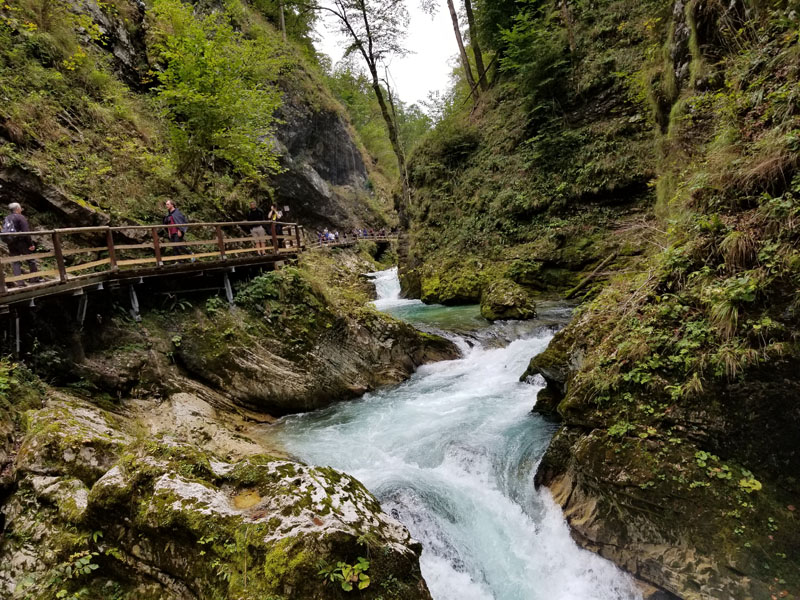
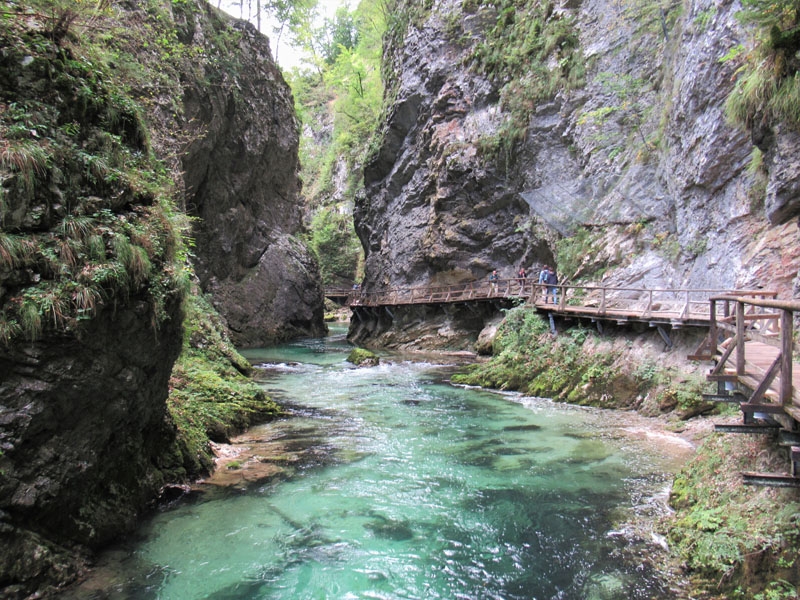
Kranjska Gora
From Vintgar Gorge to Kranjska Gora – gateway to the Soca Valley. It’s the most popular winter sports area in Slovenia and a hiker’s paradise from spring through fall.
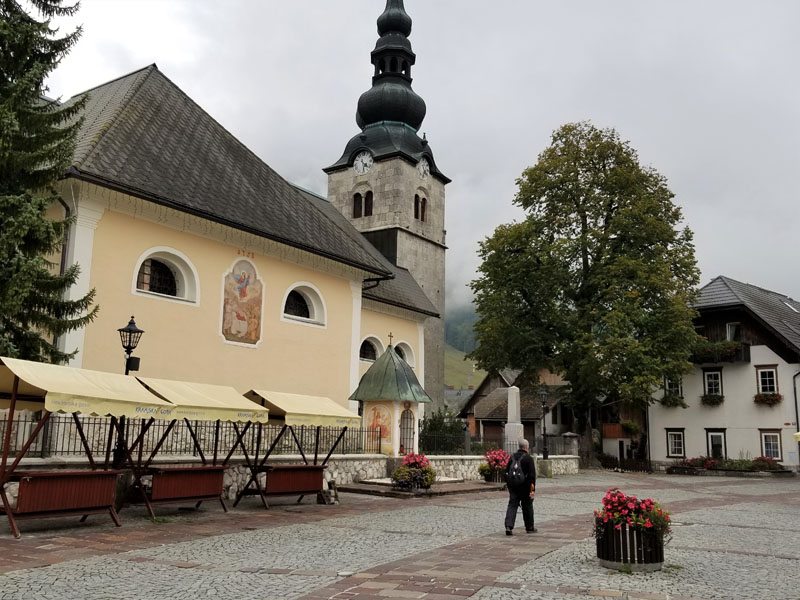
**For more about Exploring Slovenia, read my next blog: Kranjska Gora to Piran.
